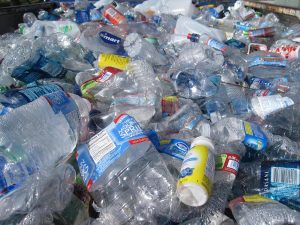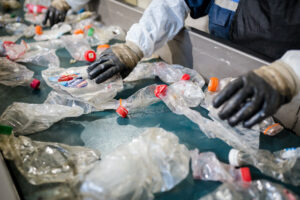Will Coronavirus Be the Death or Salvation of Big Plastic?
It was supposed to be a blockbuster moment for the U.S. plastic industry. With an abundance of cheap natural gas at hand, thanks to the country’s fracking boom, U.S. energy giants were pouring billions of dollars into building new plants to turn that gas into plastic.
As the world was poised to slowly turn away from fossil fuels as an energy source, plastic seemed to be a feasible replacement and possibly even a potential cash cow—overseas, demand for plastic was projected to explode in the coming decades.
But the rosy projections may not be panning out. With the oil industry in freefall, and a pandemic gripping the globe, the U.S.’s other major fossil fuel play—petrochemicals, of which plastic is the biggest part—may also be in trouble.
Until the coronavirus pandemic, every indication seemed to suggest that the U.S. was poised for a plastics boom of epic proportions. In February, 343 new plastic production plants and expansions were permitted or planned in the near future, according to the American Chemistry Council. Globally, in the next five years, the rate of plastic production had been projected to increase by a third. By 2050, it was expected to triple.
The plastic buildout in the U.S. is clustered in the Gulf of Mexico region, where much of the U.S. petrochemical industry is already located, and in the Ohio River Valley, which is close to major U.S. fracking fields. The plants chemically “crack” ethane, a component of natural gas, into ethylene, a main building block of plastics. Last year, South African company Sasol Ltd. opened the first of seven planned new plastic plants in Louisiana. In January, Louisiana issued permits to Taiwanese company Formosa Plastics Corp. for a sprawling complex of 14 new plants. And outside of Pittsburgh, Penn., Shell is building a 386-acre cracker campus with the capacity to produce 1.8 million tons of plastic each year.



